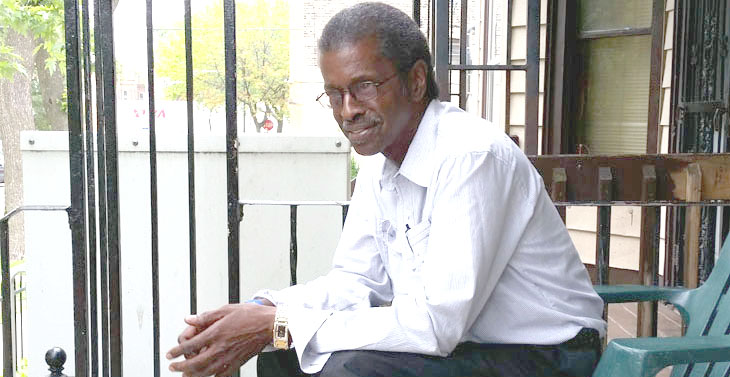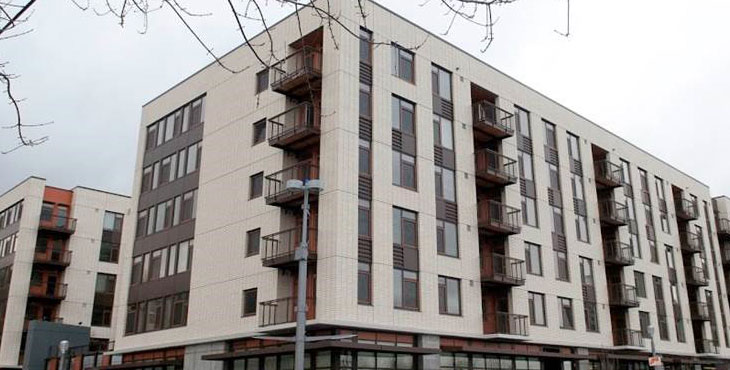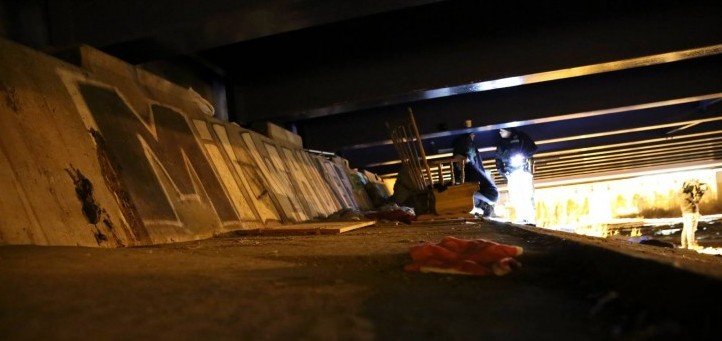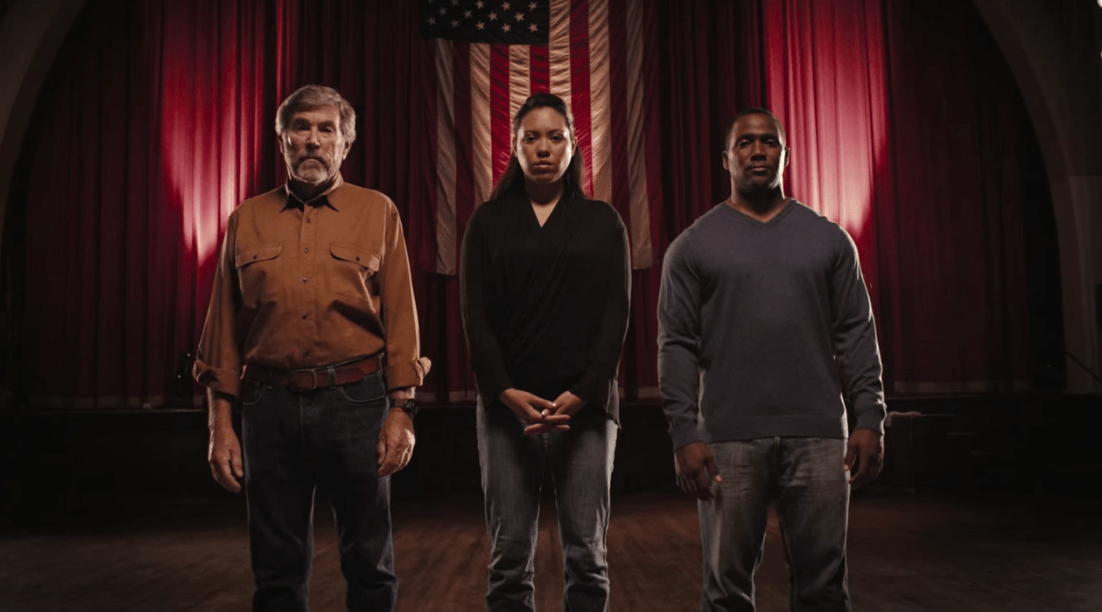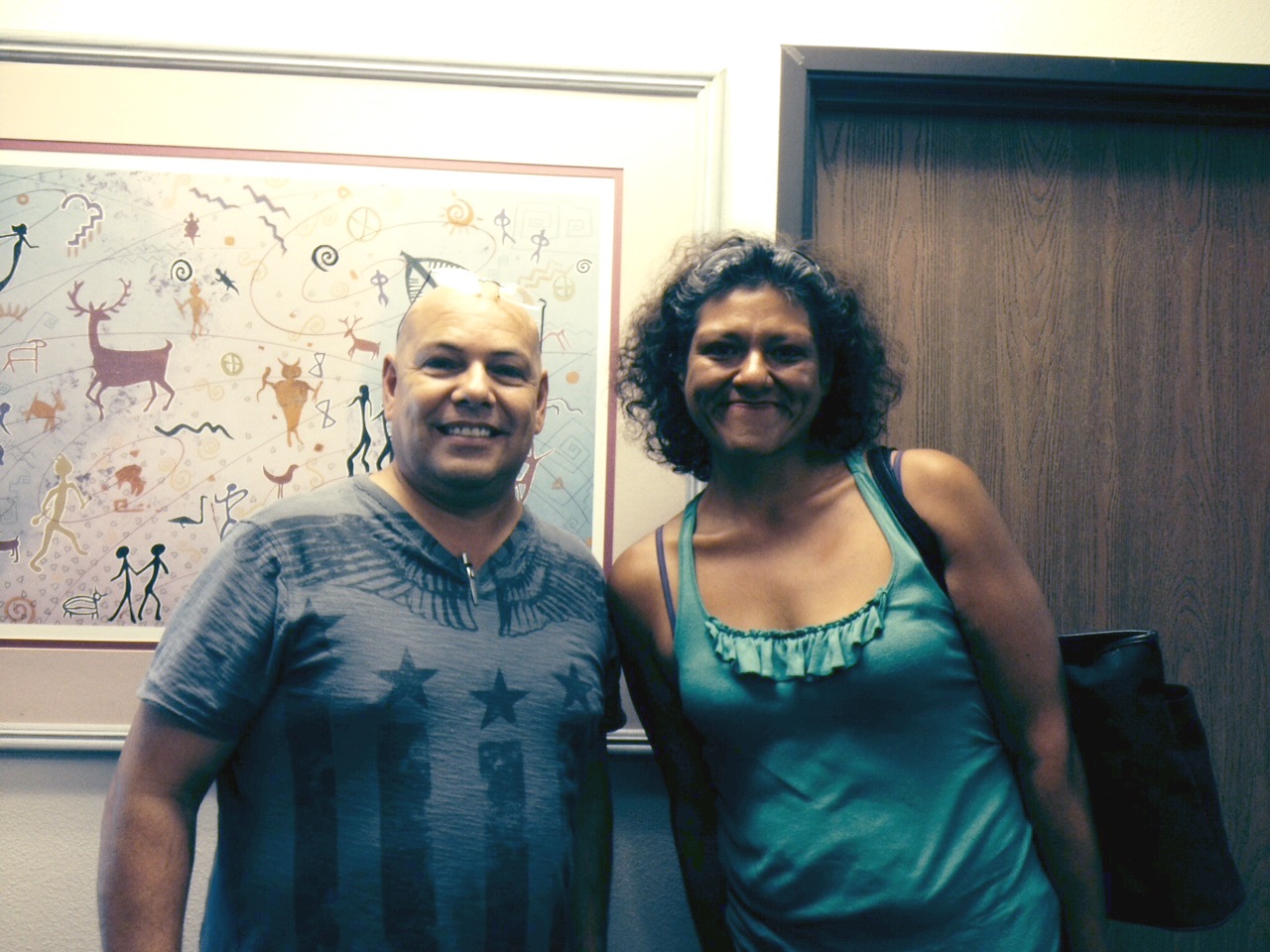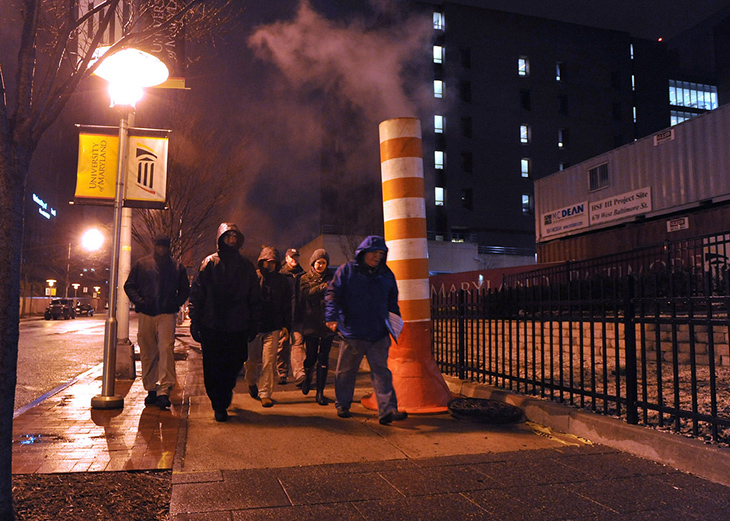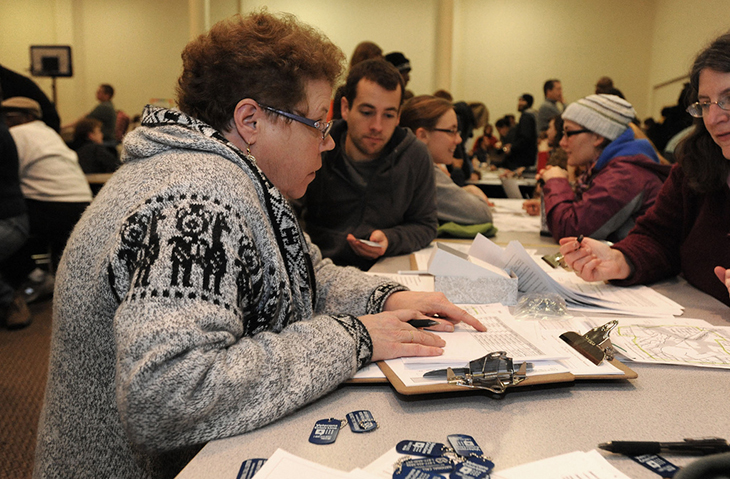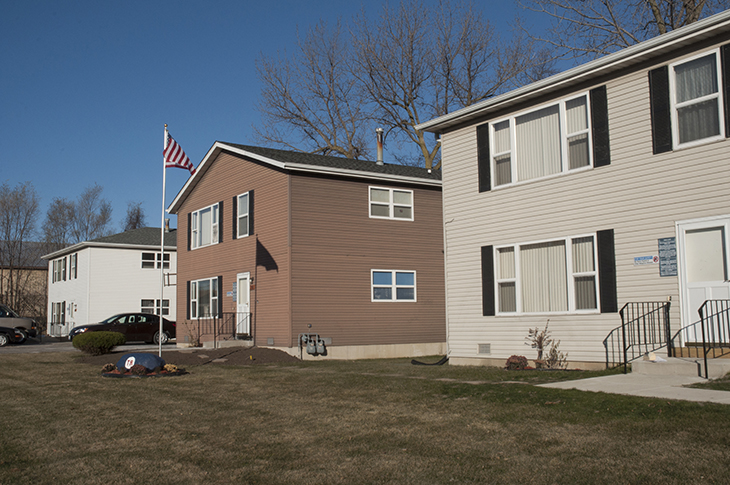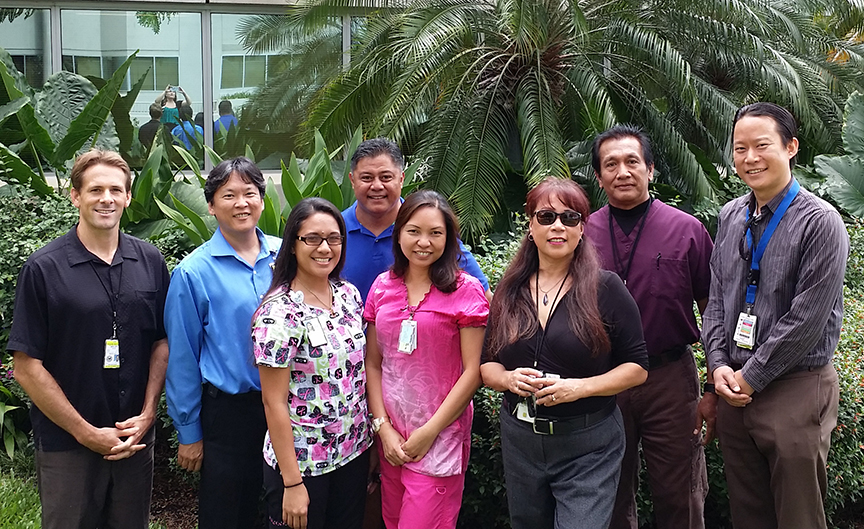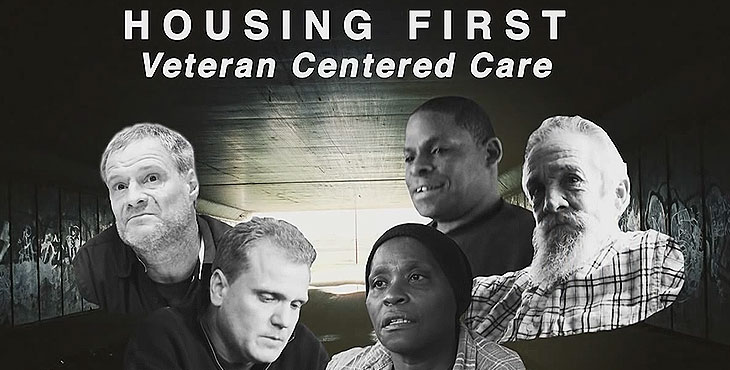Johnnie Mims' life was transformed in 2015, he said, when he got a spot in VA’s Compensated Work Therapy (CWT) program at Jesse Brown VA Medical Center.
Moving a Veteran from homelessness into a permanent home should ideally be a quick process. Yet the reality is that it sometimes takes a few weeks, or months, to transition a Veteran to an identified housing unit.
“Our goal is to provide the tools and support necessary for homeless Veterans to transition successfully into healthier and more stable lives,” said Mary Morgan, director of the Elks National Veterans Service Commission.
I am speaking of the volunteer individuals and organizations that […]
Sonia Niznik was taking shelter from Arizona’s dry summer heat at a “cooling center” provided by a local church when a team of outreach workers began conducting screenings using the Vulnerability Index-Service Prioritization and Decision Assistance Tool (VI-SPDAT). At the time, Sonia had been without a home for about three years.
During the late night of Jan. 25, into the early morning of January 26, I participated in the Point-in-Time Count, an annual count on a single night of individuals in a community who are experiencing homelessness, led by the U.S. Department of Housing and Urban Development’s (HUD) local continuum of care. These one-night snapshot counts provide VA, HUD and communities with data they need to understand the number Veterans who are homeless so localized plans can be developed to address homelessness. As part of a small team, I headed out on foot with local volunteers to identify individuals, including Veterans, who were experiencing homelessness – unsheltered - on the streets of the City of Baltimore, Maryland.
In June, Jaramillo participated in a Vulnerability Index and Service Prioritization Decision Assistance Tool (VI-SPDAT) survey during a 25 Cities Street Outreach week. VI-SPDAT is one tool the San Diego community is using as part of its Coordinated Assessment and Housing Placement (CAHP) System. The following week he was assigned a Housing Navigator, who helped him understand the resources available to him and collect necessary documents for permanent housing. Soon after, he was matched to a Supportive Services for Veteran Families (SSVF) rapid rehousing program through Veterans Community Services, a division of Community Catalysts of California and a partner in the San Diego 25 Cities Effort. The Veterans Community Services SSVF program assisted Ben in finding and staying in permanent housing and provided him with financial assistance to help him pay his rent.
SOAR is a Substance Abuse and Metal Health Services Administration (SAMHSA) initiative that helps states increase access to mainstream benefits for people with disabilities who are experiencing homeless or at risk of homelessness. The SOAR initiative helps to improve access to SSI/SSDI among Veterans through training of case managers and providing technical assistance to states and communities. By using the SOAR model, SSVF grantees help connect eligible Veterans to SSA benefits, income which can lead to sustained housing for persons who had formerly experienced homelessness and can prevent evictions for disabled Veterans.
In 2000, I ran. I was still running away from the guilt, shame, and anger of what I went through in the war. Chronic homelessness and life on the streets became my new reality until I found out about the VA Leeward CBOC in 2013. Another homeless Veteran friend of mine saw me on the streets and said he had been getting help from the H-PACT team. He told me to go get help.
This week, I am joining volunteers across the country to […]
Veterans Matter, a Toledo, Ohio, based Veterans service organization was […]
When it comes to homeless programs, VA’s policy is “Housing […]

